What's New
Displaying results 1041 - 1050 of 4899
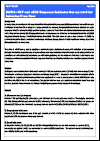
Resource | Fact Sheets,
In Hong Kong, the number of HIV cases transmitted through injecting drug use (IDU) has remained low up till now and contributed to less than 5% of all reported cases cumulatively. However, the potential risk of cluster outbreak and rapid upsurge of infection among the IDU population is always a concern. To monitor HIV-related risk behaviours and access to HIV testing services among IDU, this population has been included as one of the four at-risk populations in the HIV/AIDS Response Indicator Survey (HARiS) implemented since 2013. The sixth round of survey was conducted in 2018 via commissioning to the Stanley Ho Centre for Emerging Infectious Disease, School of Public Health and Primary Care of the Chinese University of Hong Kong.
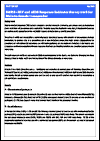
Resource | Fact Sheets,
Male-to-female transgender (TG) has been a neglected and hard-to-reach community, yet various overseas studies have shown that their HIV prevalence can be quite high. To better study the situation in Hong Kong, it has been included as one distinct at-risk populations in the HIV/AIDS Response Indicator Survey (HARiS) since 2014.
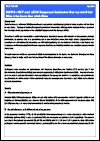
Resource | Fact Sheets,
Men who have sex with men (MSM) has continued to account for a significant proportion of newly acquired HIV infections in Hong Kong. To keep on tracking the epidemic and inform intervention, MSM population has been included as one of the five major at-risk populations in the HIV/AIDS Response Indicator Survey (HARiS).
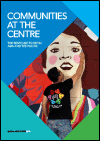
Resource | Publications,
Asia and the Pacific boasts some of the earliest successes in responding to the HIV epidemic. The region’s response, however, is highly uneven, and several national HIV programmes are not keeping pace with their growing HIV epidemics. Creeping complacency in other countries risks squandering gains made thus far.
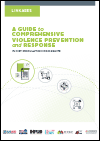
Resource | Tools,
The LINKAGES project developed a programmatic guide and three training manuals to support the integration of violence prevention and response activities with HIV prevention, care and treatment services in key population programs. The guide contains principles, step-by-step instruction, and sample templates and tools. The three training manuals build the knowledge and skills of health care workers, peer educators and outreach workers, and law enforcement officers to understand, assess, prevent and appropriately respond to violence affecting the lives of individuals. The trainings are interactive and include ideas for adaptation.
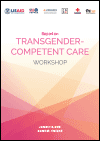
Resource | Publications,
The workshop drew expertise from across the region, as well as from the Fenway Institute. Session topics ranged from introductions to terminology around gender identity and health issues faced by transgender community, to more advanced topics such as gender affirmative hormone therapy and gender affirming surgeries. The workshop also highlighted four unique models that have successfully integrated HIV programming in health service delivery for transgender people: the transgender community health clinic in a public health facility in Thailand, the standalone transgender community health center in the Philippines, the key populations-owned private clinic in Vietnam, and the private sexual health clinic in Indonesia.
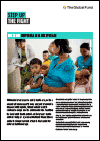
Resource | Publications,
Without universal access to quality health care, millions of people die unnecessarily every year, and preventable diseases including AIDS, tuberculosis and malaria continue to ravage families and communities. To achieve the Sustainable Development Goal 3 of greater health and well-being for all, we must both end the epidemics and build stronger systems for health that can deliver universal health coverage.

Resource | Publications,
This review examined the human rights-related barriers to health services of key and vulnerable populations in the HIV and TB epidemics in Indonesia.
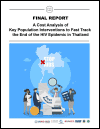
Resource | Publications,
Thailand is globally renowned for its achievements in reducing the spread of HIV. Despite these gains, epidemiologic and surveillance data point to the country’s outstanding gaps in HIV prevention, care, and treatment, especially for members of key populations (KP). HIV incidence and prevalence remain high among men who have sex with men (MSM), female sex workers (FSW), and people who inject drugs (PWID). The need to reach these populations comes at a time of growing demand for services, but limited available funding. While the government has steadily increased domestic expenditures for HIV services, a significant proportion for programs addressing key populations comes from international donors.
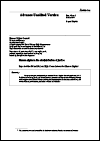
Resource | Publications,
The present report is submitted pursuant to Human Rights Council resolution 36/16. It addresses violence, death and serious injury in situations of deprivation of liberty, drawing on the experience of United Nations and regional human rights mechanisms, and seeking the views of States, civil society, and other relevant stakeholders.





